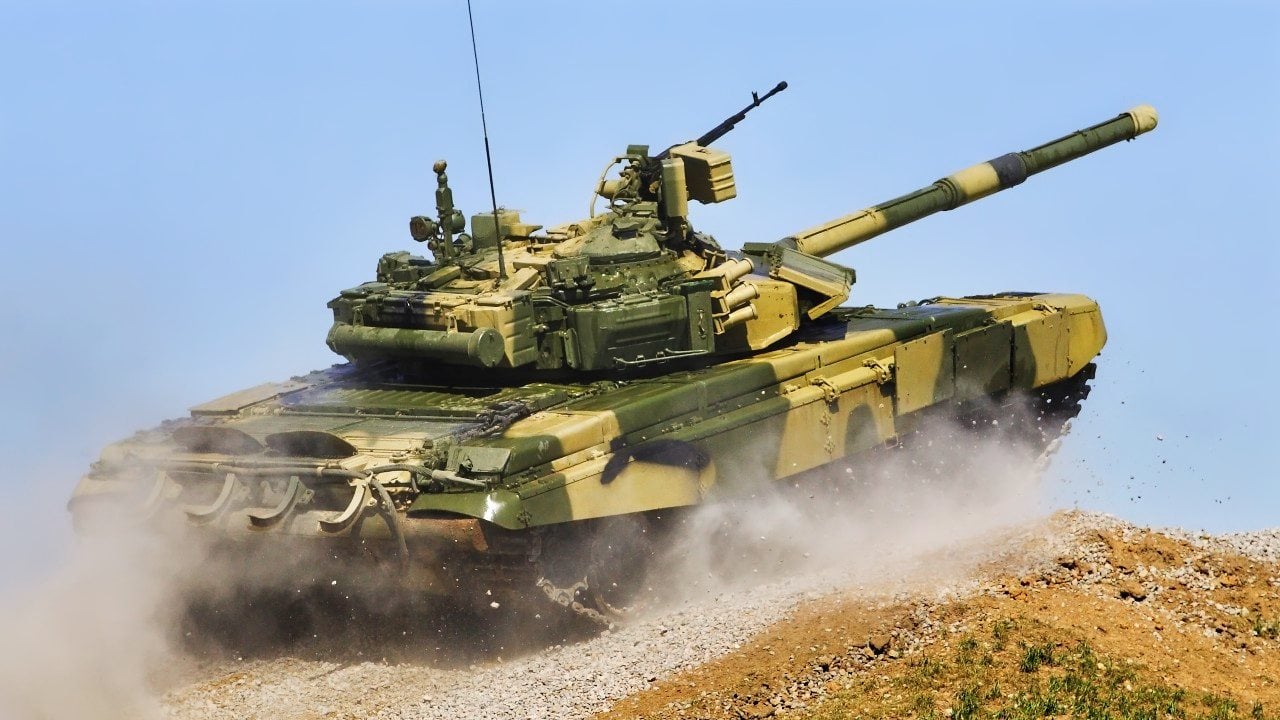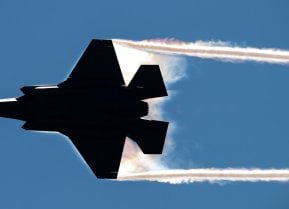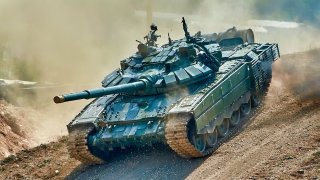"Blown to Bits": Russia's T-90 Tanks Struggle in Ukraine Conflict
Russia's T-90 Main Battle Tank (MBT), introduced in 1992 and later upgraded to the T-90M, has been a crucial part of Russia's armored forces. However, in the ongoing conflict in Ukraine, it has underperformed, particularly when compared to the older T-72 MBT.
Summary and Key Points: Russia's T-90 Main Battle Tank (MBT), introduced in 1992 and later upgraded to the T-90M, has been a crucial part of Russia's armored forces. However, in the ongoing conflict in Ukraine, it has underperformed, particularly when compared to the older T-72 MBT.

-Despite its advanced technology and formidable firepower, the T-90 has faced significant challenges, including vulnerability to drones and NATO-provided Javelin anti-tank missiles. Technical issues, such as problems with the autoloader, have further hindered its performance.
-Although Russia continues to deploy T-90s, they have increasingly relied on the simpler and cheaper T-72.
Russia’s T-90’s Mediocre Performance in Ukraine
Russia’s T-90 Main Battle Tank has been the cornerstone of Russia’s armored forces for over three decades. It was first introduced in 1992 and later upgraded to the more advanced T-90M. Originally intended to replace the aging Soviet-era T-72 MBT, it has found itself fighting alongside that older system – and underperforming it.
Still, since Russia’s invasion of Ukraine, the T-90 has been a key player on the battlefield. With its advanced technology and formidable firepower, it was believed to be a greater weapon system than anything the Ukrainians could deploy, topped only by Russia’s next-generation T-14 Armata MBT.
Specifications of the T-90
The T-90 is equipped with a 125mm 2A46M-4 smoothbore gun capable of firing a variety of ammunition, including Armor-Piercing Fin-Stabilized Discarding-Sabot and High-Explosive Anti-Tank rounds. It also features a 7.62 mm coaxial machine gun and a 12.7 mm machine gun on the turret.
The tank’s armor includes composite and reactive elements, protecting against a variety of threats one would find on the modern battlefield.
Or at least the kinds of threats that late-stage Soviet war planners envisioned.
Deployment in Ukraine
One of the greatest killers of Russian MBTs in Ukraine has been the copious use of drones. No one in 1992, when the T-90 was first introduced, imagined that tiny unmanned aerial vehicles costing a fraction of MBTs could defeat these systems the way they have.
What’s more, in the opening phases of the war, most Russian tankers were unprepared for the NATO-provided Javelin anti-tank missile systems that Ukraine deployed with ferocity against the invaders. The Russians are, however, adapting to that specific threat.
The exact number of T-90s deployed to Ukraine is a matter of debate among experts, but estimates suggest that several hundred have been involved in the conflict. These tanks have participated in numerous battles, including in the initial invasion of Ukraine in 2022 and subsequent offensives in the Donetsk and Luhansk regions.
Losses and Technical Issues for T-90 Tank
More than 140 Russian T-90 MBTs have been damaged or destroyed in the conflict, according to Oryx. The Ukrainians have even managed to capture a handful of T-90s in combat and repurposed them against their former owners, though these reports are greatly exaggerated by the Western press.
But unlike Western nations, the Russians have no problems with getting their defense industrial base to mass-produce replacements for such systems.
That’s partly because most of the Russian MBTs are not as complex as NATO tanks.
However, while Russia is able to replace the T-90, it looks more like Moscow has opted to use the older, cheaper, and less complex T-72.
Technical problems facing the T-90 MBT include issues with the tank’s autoloader. This is a mechanized arm that pushes heavy artillery shells into the cannon for firing. They are very useful for tank crews, because crewmembers don’t have to lug heavy shells and replace them repeatedly while in combat.
Yet historically, Russian MBTs using autoloaders (most do) risk having the autoloader taken off track in combat. A tank with a damaged autoloader is unable to fire its main gun until it gets back to base for repair.
T-90: An OK Tank
The T-90, which is now older but still more advanced than the T-72, has not lived up to its hype. Yes, it is a significant player in the Ukraine War, but the T-72 has had a much better record in the conflict. Some have even suggested that years of poor maintenance of Russia’s T-90 arsenal during the dark days of the post-Soviet era in the 1990s and early 2000s contributed to the poor performance of the T-90.
Nevertheless, the Russians continue using these systems, and they will, so long as their war in Ukraine drags on.
Author Experience and Expertise: Brandon J. Weichert
Brandon J. Weichert, a National Interest national security analyst, is a former Congressional staffer and geopolitical analyst who is a contributor at The Washington Times, the Asia Times, and The-Pipeline. He is the author of Winning Space: How America Remains a Superpower, Biohacked: China’s Race to Control Life, and The Shadow War: Iran’s Quest for Supremacy. His next book, A Disaster of Our Own Making: How the West Lost Ukraine, is due October 22 from Encounter Books. Weichert can be followed via Twitter @WeTheBrandon.
All images are Creative Commons or Shutterstock.


